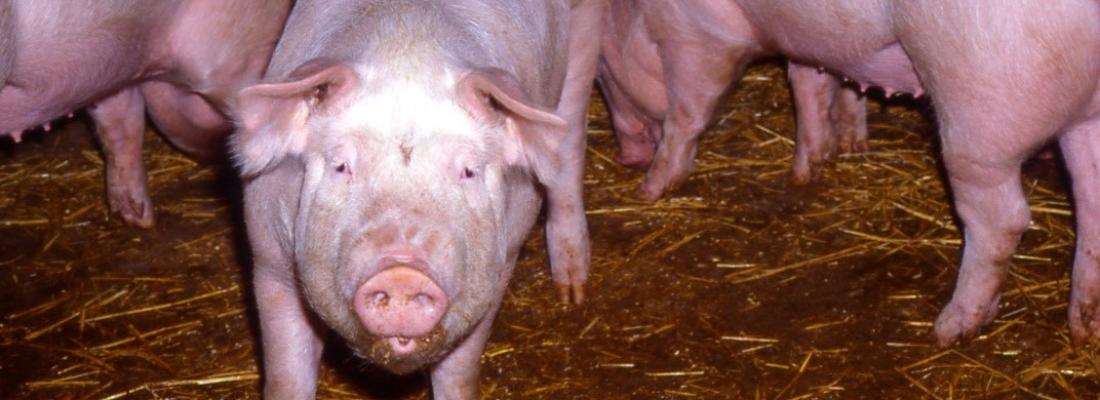Agroecology Reading time 5 min
Predictors of feed efficiency identified in pig blood
Published on 20 October 2021

Gene expression data of the whole blood from three independent experiments were combined and analyzed by machine learning algorithms to propose molecular biomarkers of FE traits in growing pigs. These datasets included Large White pigs from two lines divergently selected for residual feed intake (RFI), a measure of net FE, and in which individual feed conversion ratio (FCR) and blood microarray data were available. Merging the three datasets allowed considering FCR values (Mean = 2.85; Min = 1.92; Max = 5.00) for a total of n = 148 pigs, with a large range of body weight (15 to 115 kg) and different test period duration (2 to 9 weeks). Random forest (RF) and gradient tree boosting (GTB) were applied on the whole blood transcripts (26,687 annotated molecular probes) to identify the most important variables for binary classification on RFI groups and a quantitative prediction of FCR, respectively. The dataset was split into learning (n = 74) and validation sets (n = 74). With iterative steps for variable selection, about three hundred’s (328 to 391) molecular probes participating in various biological pathways, were identified as important predictors of RFI or FCR. With the GTB algorithm, simpler models were proposed combining
34 expressed unique genes to classify pigs into RFI groups (100% of success), and 25 expressed unique genes to predict FCR values (R2 = 0.80, RMSE = 8%). The accuracy performance of RF models was slightly lower in classification and markedly lower in regression.
From small subsets of genes expressed in the whole blood, it is possible to predict the binary class and the individual value of feed efficiency. These predictive models offer good perspectives to identify animals with higher feed efficiency in precision farming applications.
Messad, F.; Louveau, I.; Renaudeau, D.; Gilbert, H.; Gondret, F., 2021. Analysis of merged whole blood transcriptomic datasets to identify circulating molecular biomarkers of feed efficiency in growing pigs. BMC Genomics, 22 (1): 14 http://dx.doi.org/10.1186/s12864-021-07843-4
